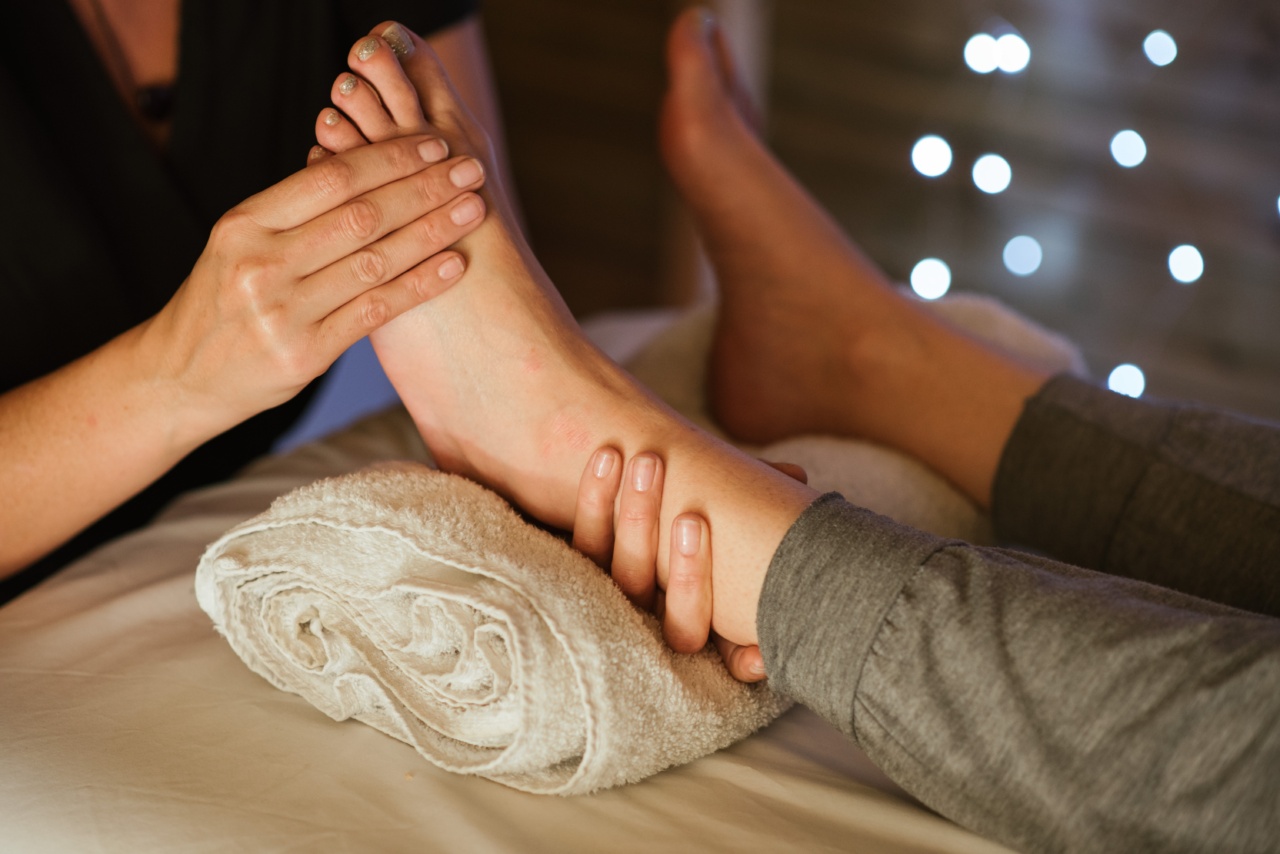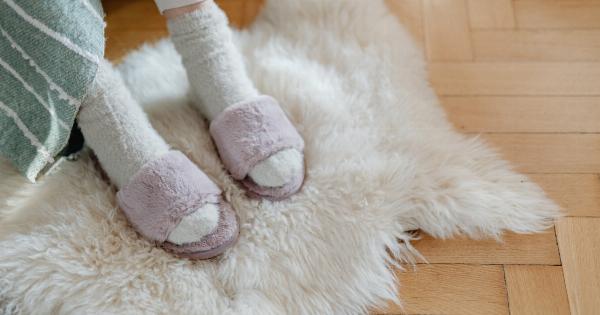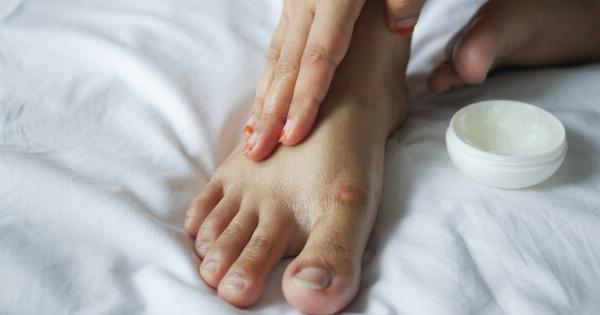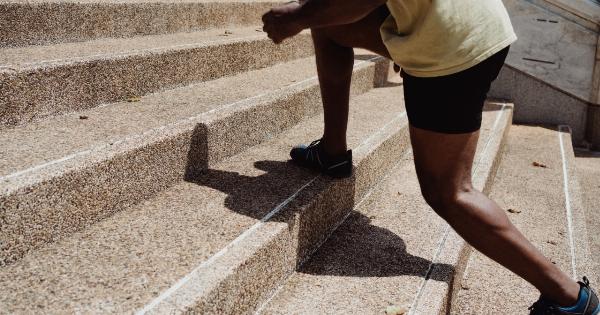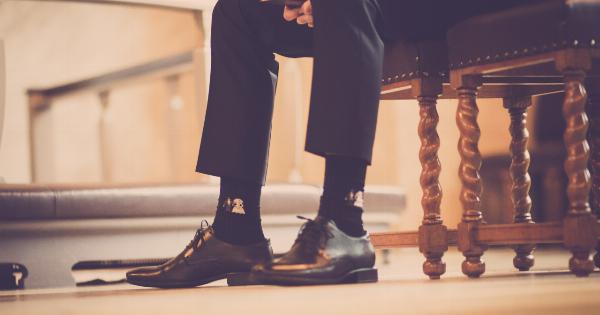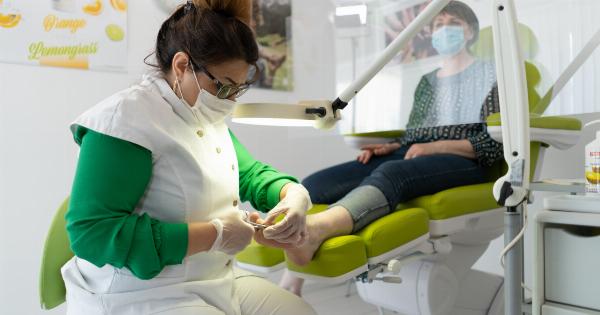Foot fungus, also known as athlete’s foot, is a common condition caused by various types of fungi. It can lead to uncomfortable symptoms such as itching, burning, and stinging sensations.
In this article, we will explore the different types of foot fungus and discuss effective treatment options.
1. Dermatophytes
Dermatophytes are the most common group of fungi that cause foot fungus. They thrive in warm and moist environments such as shoes, socks, and public swimming pools.
Dermatophytes can easily spread from person to person through direct contact or contaminated surfaces. The symptoms of dermatophyte foot fungus include redness, itching, and cracking of the skin.
2. Yeast Infections
Yeast infections can also affect the feet, particularly in individuals with weakened immune systems or those who frequently wear tight and poorly ventilated shoes. Candida albicans is the most common type of yeast that causes foot fungus.
Yeast infections can lead to redness, itching, and small blisters. They may also cause a foul odor.
3. Mold Infections
Mold infections, although less common, can also cause foot fungus. They typically occur in individuals who have been exposed to mold-contaminated areas, such as basements or locker rooms.
Mold foot fungus can cause severe itching, peeling of the skin, and a burning sensation.
4. Interdigital Infections
Interdigital infections, also known as toe web infections, primarily affect the skin between the toes. They are usually caused by a combination of fungi, including dermatophytes and yeasts.
Interdigital foot fungus can result in itching, scaling, and a softening of the skin. In severe cases, the skin may become macerated and painful.
5. Moccasin-Type Infections
Moccasin-type infections are characterized by the development of dry, thickened, and scaly skin on the soles of the feet. These infections are commonly caused by dermatophytes and can be challenging to treat.
Moccasin-type foot fungus can result in itching, pain, and cracks in the skin.
6. Vesicular Infections
Vesicular infections are characterized by the presence of small fluid-filled blisters on the feet. These blisters often cause intense itching and discomfort.
Vesicular foot fungus is typically caused by dermatophytes, and it can spread to other areas of the body if left untreated.
7. Hyperkeratotic Infections
Hyperkeratotic infections are characterized by the development of a thickened and calloused layer of skin on the soles of the feet. These infections are typically caused by dermatophytes and can be resistant to treatment.
Hyperkeratotic foot fungus can result in pain, itching, and an unpleasant odor.
8. Treatment Options
Regardless of the type of foot fungus, there are various treatment options available. It’s important to consult a healthcare professional for an accurate diagnosis and appropriate treatment plan. The following are common treatment approaches:.
a. Topical Antifungal Medications
Topical antifungal medications, such as creams, sprays, and powders, are commonly used to treat foot fungus. These medications work by stopping the growth of the fungi and relieving symptoms.
It’s crucial to follow the instructions provided by the healthcare professional and complete the entire course of treatment.
b. Oral Antifungal Medications
In severe or resistant cases of foot fungus, oral antifungal medications may be prescribed. These medications travel through the bloodstream, targeting the fungi throughout the body.
Oral antifungal medications are generally taken for a specified period and require regular monitoring by a healthcare professional.
c. Keeping the Feet Clean and Dry
Maintaining good foot hygiene is essential to prevent and treat foot fungus. Wash the feet regularly with soap and water, ensuring thorough drying, especially between the toes.
It’s advisable to wear moisture-wicking socks and change them frequently, particularly after participating in activities that cause excessive sweating.
d. Using Antifungal Powders or Sprays in Shoes
Applying antifungal powders or sprays inside shoes can help eliminate lingering fungi and prevent reinfection. These products are readily available over the counter and can be used as a preventive measure even after the symptoms have resolved.
e. Avoiding Sharing Personal Items
Avoid sharing items such as socks, shoes, towels, or nail clippers, as they can harbor fungi and contribute to the spread of foot fungus.
Additionally, it’s advisable to wear sandals or flip-flops in public places like swimming pools, gyms, and locker rooms to minimize the risk of exposure.
f. Seeking Medical Attention for Complications
If the symptoms persist, worsen, or if any complications arise, it’s essential to seek medical attention promptly. Complications of untreated foot fungus can include secondary bacterial infections, cellulitis, or the formation of painful ulcers.
A healthcare professional can provide appropriate treatment and prevent further complications.
9. Prevention Tips
Prevention is always better than cure when it comes to foot fungus. Here are some helpful tips to avoid developing foot fungus:.
a. Keep Feet Dry
Make sure to thoroughly dry your feet, especially between the toes, after bathing or swimming. Moisture provides an ideal environment for fungi to thrive.
b. Wear Appropriate Footwear
Choose well-fitting shoes made of breathable materials such as leather or those specifically designed to promote airflow. Avoid tight or synthetic shoes that can trap moisture and create a warm environment for fungi to grow.
c. Practice Good Hygiene
Regularly wash your feet with soap and water, and ensure they are thoroughly dried. It’s advisable to use a separate towel for your feet to avoid spreading fungi to other parts of the body.
d. Change Socks Frequently
Wear clean socks made of moisture-wicking materials that can help keep your feet dry and reduce fungal growth. Change your socks at least once a day or more often if you tend to perspire heavily.
e. Use Antifungal Powders
Consider using antifungal powders or sprays inside your shoes and socks as a preventive measure. These products help create an inhospitable environment for fungi to survive.
f. Avoid Walking Barefoot
When in public places like communal showers, swimming pools, or locker rooms, always wear footwear to minimize direct contact with contaminated surfaces.
g. Regularly Inspect Your Feet
Perform regular self-examinations of your feet to check for any signs of foot fungus or other foot-related issues. Early detection can lead to prompt treatment and prevent the infection from spreading.
10. Conclusion
Foot fungus can be an uncomfortable and persistent condition, but with the right treatment and preventive measures, it can be managed effectively.
By being aware of the different types of foot fungus and understanding how to treat and prevent them, you can maintain healthy and fungus-free feet.
